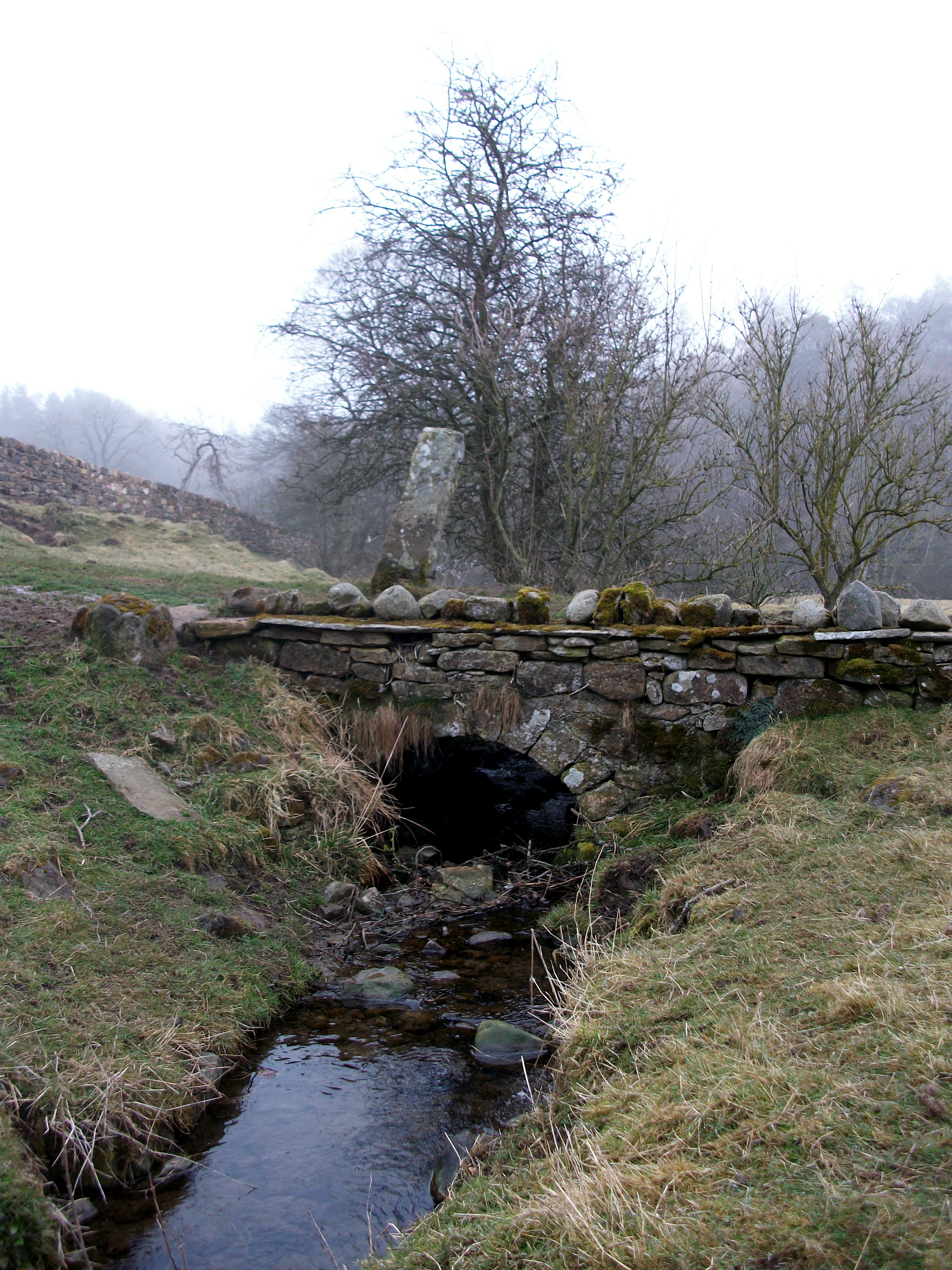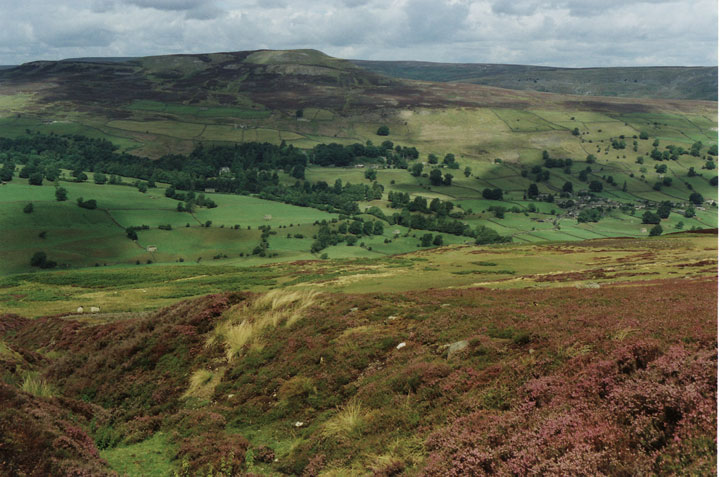|
Brignall
Brignall village is located in an elevated position adjacent to the River Greta, about 2 km upstream from Greta Bridge. The village is within the Teesdale district of south-west County Durham, England, the nearest town is the market town of Barnard Castle. The village is best known for the scenic valley section of the River Greta known as Brignall Banks, which is a Site of Special Scientific Interest. Natural England maps Maps for Brignall village and the surrounding area, showing ''Access'', ''Administrative Geographies'' and other criteria from Natural England: * MAGiC MaP : Brignall village. * MAGiC MaP : Brignall parish boundary. * MAGiC MaP : Brignall village – Listed buildings. * MAGiC MaP : Confluence of Brignall stream and River Greta. * MAGiC MaP : Brignall Banks SSSI. * MAGiC MaP : Brignall mill and ancient woodland. * MAGiC MaP : Greta Bridge and Roman fort. * MAGiC MaP : River Greta '' " Meeting of the waters " ''. Governance T ... [...More Info...] [...Related Items...] OR: [Wikipedia] [Google] [Baidu] |
Brignall Banks
Brignall Banks is a Site of Special Scientific Interest in the Teesdale district of south-west County Durham, England. It consists of a narrow belt of woodland on the steep slopes of the valleys of the River Greta and its tributary, Gill Beck, just west of Brignall village and about 6 km south of Barnard Castle. It is one of the largest expanses of semi-natural woodland in North-east England; a number of scarce species are present, indicating that it is ancient woodland. A varied lichen flora includes several species that are sensitive to air pollution and rare in County Durham, including some, such as '' Thelotrema lepadinum'' and ''Graphis scripta ''Graphis scripta'' is a crustose lichen in the family Graphidaceae. It is commonly called script lichen, secret writing lichen, or similar names, because its growth pattern makes it looks like writing. '' Stigmidium microspilum'' and '' Arthon ...'', that are indicator species for ancient woodland. References ... [...More Info...] [...Related Items...] OR: [Wikipedia] [Google] [Baidu] |
County Durham
County Durham ( ), officially simply Durham,UK General Acts 1997 c. 23Lieutenancies Act 1997 Schedule 1(3). From legislation.gov.uk, retrieved 6 April 2022. is a ceremonial county in North East England.North East Assembly �About North East England. Retrieved 30 November 2007. The ceremonial county spawned from the historic County Palatine of Durham in 1853. In 1996, the county gained part of the abolished ceremonial county of Cleveland.Lieutenancies Act 1997 . Retrieved 27 October 2014. The county town is the of |
Medieval English
Middle English (abbreviated to ME) is a form of the English language that was spoken after the Norman conquest of 1066, until the late 15th century. The English language underwent distinct variations and developments following the Old English period. Scholarly opinion varies, but the ''Oxford English Dictionary'' specifies the period when Middle English was spoken as being from 1150 to 1500. This stage of the development of the English language roughly followed the High to the Late Middle Ages. Middle English saw significant changes to its vocabulary, grammar, pronunciation, and orthography. Writing conventions during the Middle English period varied widely. Examples of writing from this period that have survived show extensive regional variation. The more standardized Old English language became fragmented, localized, and was, for the most part, being improvised. By the end of the period (about 1470) and aided by the invention of the printing press by Johannes Gutenberg in 143 ... [...More Info...] [...Related Items...] OR: [Wikipedia] [Google] [Baidu] |
Bracknell
Bracknell () is a large town and civil parish in Berkshire, England, the westernmost area within the Greater London Built-up Area, Greater London Urban Area and the administrative centre of the Bracknell Forest, Borough of Bracknell Forest. It lies to the east of Reading, Berkshire, Reading, south of Maidenhead, southwest of Windsor, Berkshire, Windsor and west of central London. Originally a market village and part of the Windsor Great Forest, Bracknell experienced a period of huge growth during the mid-20th century when it was declared a New towns in the United Kingdom, new town. Planned at first for a population of 25,000, Bracknell New Town was further expanded in the late 1960s to accommodate a population of 60,000. As part of this expansion, Bracknell absorbed many of the surrounding hamlets including Easthampstead, Ramslade and Old Bracknell. As of 2021, Bracknell Forest has an estimated population of around 113,205 (Census 2021). It is a commercial centre and the UK h ... [...More Info...] [...Related Items...] OR: [Wikipedia] [Google] [Baidu] |
Swaledale
Swaledale is one of the northernmost dales (valleys) in Yorkshire Dales National Park, located in northern England. It is the dale of the River Swale on the east side of the Pennines in North Yorkshire. Geographical overview Swaledale runs broadly from west to east, from the high moors on the Cumbria–Yorkshire boundary at the watershed of Northern England to the market town of Richmond, where the dale meets the lowlands. Nine Standards Rigg, the prominent ridge with nine ancient tall cairns, rises on the watershed at the head of Swaledale. To the south and east of the ridge a number of smaller dales (Birkdale, Little Sleddale, Great Sleddale and Whitsundale) join to form the narrow valley of upper Swaledale at the small village of Keld. From there, the valley runs briefly south then turns east at Thwaite to broaden progressively as it passes Muker, Gunnerside, Low Row, Healaugh and Reeth. The Pennine valley ends at Richmond, where an important medieval castle sti ... [...More Info...] [...Related Items...] OR: [Wikipedia] [Google] [Baidu] |
Reeth
Reeth is a village west of Richmond in the Richmondshire district of North Yorkshire, England, in the civil parish of Reeth, Fremington and Healaugh. Historically part of the North Riding of Yorkshire, it is the principal settlement of upper Swaledale. Etymology The origin of the name ''Reeth'' is unclear. It is possibly derived from the Germanic for 'place by the stream', although this claim can neither be confirmed nor refuted. Reeth could also have been derived from the Cumbric ''rith'' (cf. ''ryd'' in Modern Welsh, ''rys'' in Cornish ), meaning 'Ford'. Either would make sense as Reeth is located near two shallow rivers. History In Saxon times, Reeth was only a settlement on the forest edge, but by the time of the Norman conquest it had grown sufficiently in importance to be noted in the ''Domesday Book''. Later it became a centre for hand-knitting and the local lead industry was controlled from here, but it was always a market centre for the local farming community. ... [...More Info...] [...Related Items...] OR: [Wikipedia] [Google] [Baidu] |
Healaugh, Richmondshire
Healaugh (pronounced "hee-law") is a small village in the civil parish of Reeth, Fremington and Healaugh, in Swaledale in the Yorkshire Dales. It is in the Richmondshire district of North Yorkshire, England and lies about 1 mile west of Reeth. The name ''Healaugh'' is derived from a Saxon word (''Heah'') meaning a ''high-level forest clearing''. The village is small, with no amenities except a stone trough fed by a hillside stream, and the village telephone box. The latter is unusually well endowed, with a carpet, waste paper bin, ash tray, directories and fresh flowers. Visitors may leave a donation. On 5 July 2014, the Tour de France Stage 1 from Leeds to Harrogate passed through the village. See also *Reeth, Fremington and Healaugh Reeth, Fremington and Healaugh is a civil parish in the Richmondshire district of North Yorkshire, England. It consists of the three villages of Reeth Reeth is a village west of Richmond in the Richmondshire district of North York ... [...More Info...] [...Related Items...] OR: [Wikipedia] [Google] [Baidu] |
Etymology
Etymology ()The New Oxford Dictionary of English (1998) – p. 633 "Etymology /ˌɛtɪˈmɒlədʒi/ the study of the class in words and the way their meanings have changed throughout time". is the study of the history of the Phonological change, form of words and, by extension, the origin and evolution of their semantic meaning across time. It is a subfield of historical linguistics, and draws upon comparative semantics, Morphology_(linguistics), morphology, semiotics, and phonetics. For languages with a long recorded history, written history, etymologists make use of texts, and texts about the language, to gather knowledge about how words were used during earlier periods, how they developed in Semantics, meaning and Phonological change, form, or when and how they Loanword, entered the language. Etymologists also apply the methods of comparative linguistics to reconstruct information about forms that are too old for any direct information to be available. By analyzing related ... [...More Info...] [...Related Items...] OR: [Wikipedia] [Google] [Baidu] |
Old English
Old English (, ), or Anglo-Saxon, is the earliest recorded form of the English language, spoken in England and southern and eastern Scotland in the early Middle Ages. It was brought to Great Britain by Anglo-Saxon settlement of Britain, Anglo-Saxon settlers in the mid-5th century, and the first Old English literature, Old English literary works date from the mid-7th century. After the Norman conquest of 1066, English was replaced, for a time, by Anglo-Norman language, Anglo-Norman (a langues d'oïl, relative of French) as the language of the upper classes. This is regarded as marking the end of the Old English era, since during this period the English language was heavily influenced by Anglo-Norman, developing into a phase known now as Middle English in England and Early Scots in Scotland. Old English developed from a set of Anglo-Frisian languages, Anglo-Frisian or Ingvaeonic dialects originally spoken by Germanic peoples, Germanic tribes traditionally known as the Angles, Sa ... [...More Info...] [...Related Items...] OR: [Wikipedia] [Google] [Baidu] |
Brighouse Bridge
The Brighouse Bridge crosses the River Calder in Brighouse, West Yorkshire, England. It was built in 1825 as part of the Halifax and Huddersfield Turnpike. History The Halifax and Huddersfield Turnpike Act of 1823 allowed for the building of Calder Bridge (now called Brighouse Bridge) on what was to become the A641 road; tolls were abolished on the bridge in 1875 and extensive widening work was undertaken in 1905 and 1999 (both of these latter dates being commemorated in dedication stones on the bridge). References See also *List of crossings of the River Calder {{Crossings navbox , structure = Bridges , place = River Calder , bridge = Brighouse Bridge , bridge signs = , upstream = Rastrick Bridge , upstream signs = , downstream = Blakeborough's Bridge Blakeborough's Bridge crosses the River Calder in Brighouse, West Yorkshire, England. It was built in 1962 to link J. Blakeborough and Sons works and offices that were on differ ... [...More Info...] [...Related Items...] OR: [Wikipedia] [Google] [Baidu] |





